Assessing Your Squat
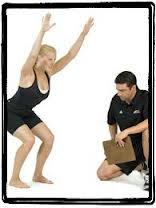
When you meet with a trainer for the first time (after you get past the “what are your goals” stuff) you will most likely be given some sort of fitness test.
I have been tested on treadmills. I fell off. For Real: Epic Fail. I have done push up tests and bench press tests and all sorts of variations. But the one test that is ALWAYS done is the squat assessment.
Before taking my personal trainer exam I thought this was just done to waste time on your first day because the trainer wasn’t sure if you would ever show up again. Actually, the overhead squat can tell your trainer a great many things about any muscle imbalances you may have.
What causes these imbalances? Bad posture, repetitive movements, previous injuries to name a few. Also, some muscles are overactive. (These are the muscles that usually feel ‘tight’.) The overactive muscles force other muscles to compensate, leaving those muscles underactive. (We can call them the slacker muscles.)
Want to know if your alignment is off? Try this with a friend (if you don’t have a trainer.) First, to do a squat, put your arms over your head and lower your body as though you were about to sit in a chair. Your friend/trainer will look at your form first from the front view, paying attention to your knees and feet.
Are your knees straight forward or moving inward?
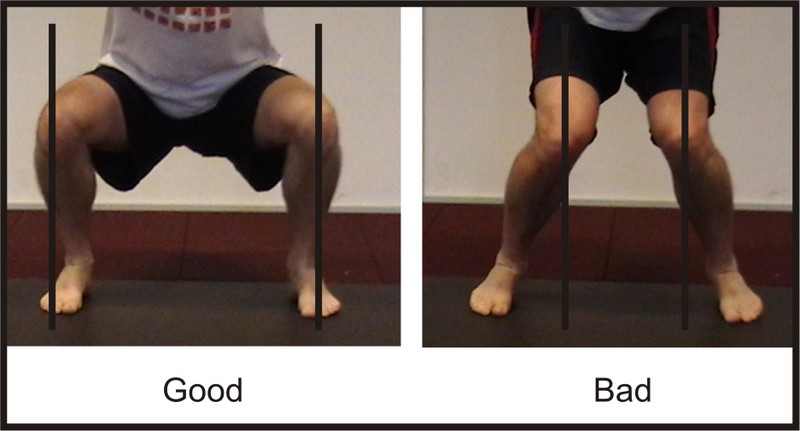
- If your knees move inward these muscles are probably overactive: Hips and thighs
- These are the muscles that are probably underactive: Butt and the muscle just above your knee
Now look at your feet. Are they facing front or do they turn out?
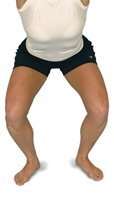
- If your feet turn out these muscles are probably overactive: Calves
- These are the muscles that are probably underactive: Hamstrings
Now have your friend/trainer look at your squat from the side/lateral view. Is your lower back in proper alignment or is it arching like a “c”?
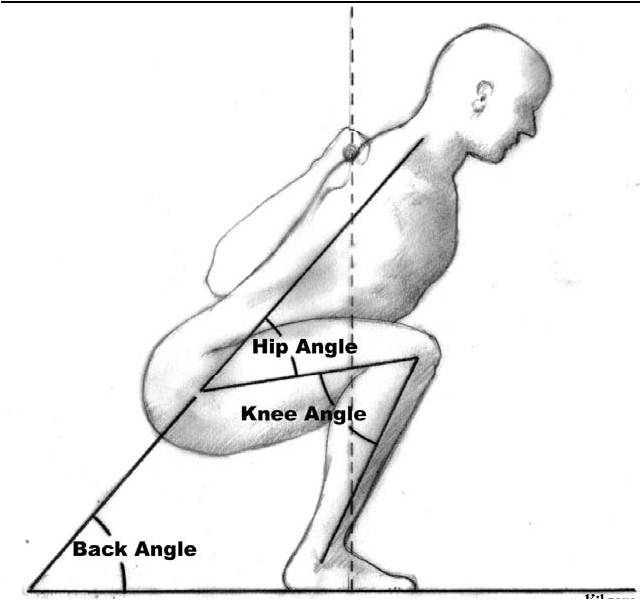
- If your low back arches these muscles are probably overactive: Hips, muscles around the spine and middle back
- These are the muscles that are probably underactive: Butt, hamstring, abdominal muscles
Now look at your upper body. Do your arms fall forward?
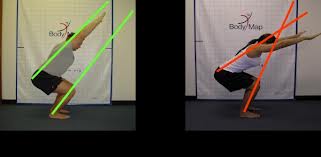
- If your arms fall forward these muscles are probably overactive: Muscles around middle back and upper chest
- These are the muscles that are probably underactive: Upper back muscles
Part of the trainer’s job is to identify these imbalances and help you fix them. Together you can find stretches that can be done to relieve the overactive/tight muscles and exercises that can be done to strengthen the underactive muscles so they do the job they were designed to do.
Hope that helps!
Lisa
- @sheslosingitnet
- http://www.facebook.com/ShesLosingItnet
Sheslosingit.net (c) 2013 Lisa Traugott. All rights reserved. No portion of this blog, including any text, photographs, and artwork, may be reproduced or copied without written permission.
Yep.
I’ve been barred from high heels because of shortened achilles tendons that affect my squats. Things are improving, but it will take a while.
A good article 🙂
High heels are like dating a bad boy with a motorcycle – looks so good, but are so bad for you.
I know, I know 🙁 All my beeeee-yootiful heels have been condemned to the back of the wardrobe. For Special Events Only.
I’m very sad. But already my tendons are improving. And of course, it has meant I’ve had to go out and buy sexy new flat riding boots of many colourses and varietieses 😉 Yessssss….
Ooooh…boots…;)
Very helpful. Thanks
🙂
This was SO helpful, you have no idea! 🙂
Oh good!